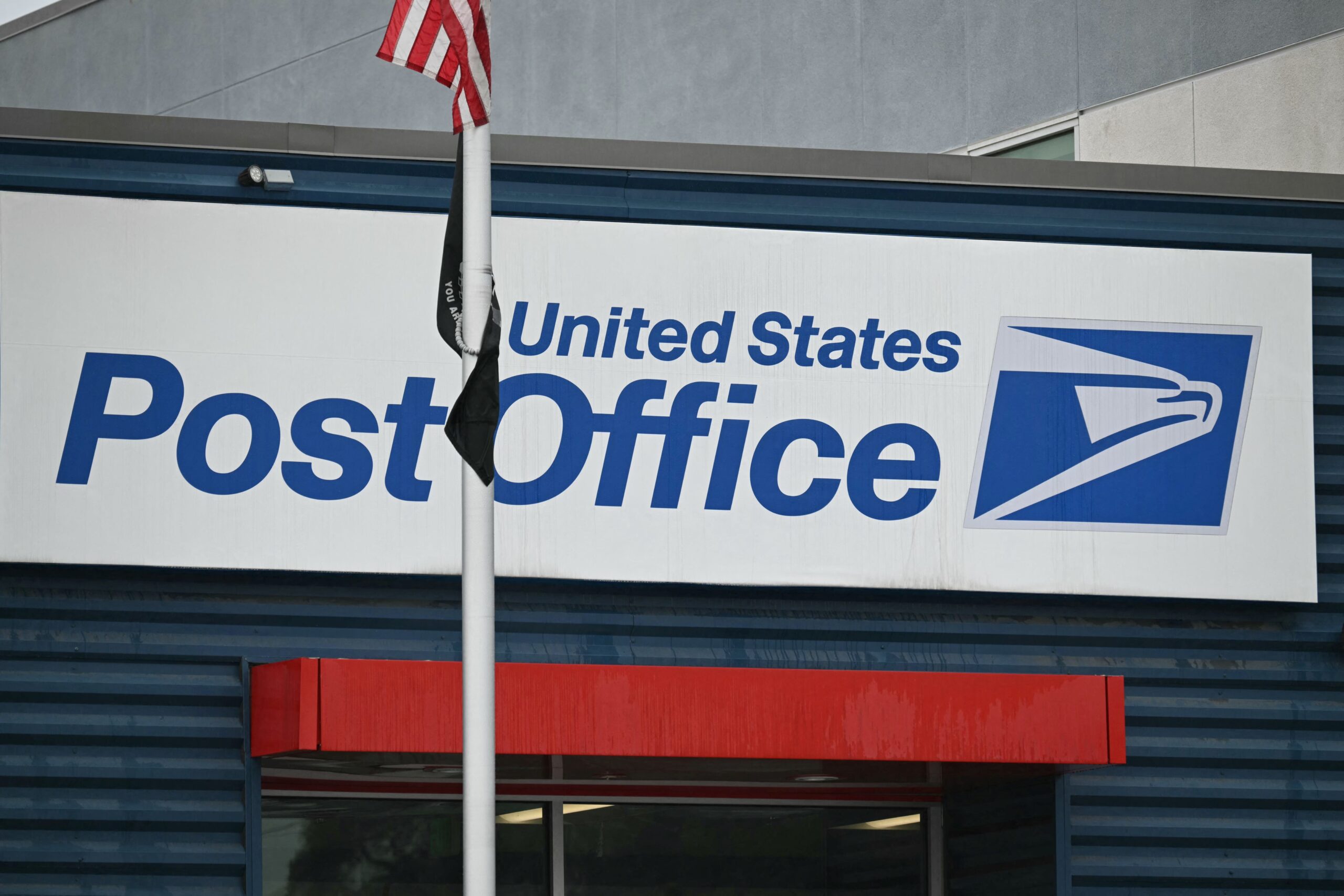
Negotiations Resume for USPS Contract Amid Union Concerns
Introduction
The ongoing contract negotiations between the U.S. Postal Service (USPS) and the National Association of Letter Carriers (NALC) have hit a snag, with union members rejecting a proposed collective bargaining agreement. Key issues at the heart of the dispute include uniform allowances, letter carrier safety, wages, and the time it takes for employees to reach top pay.
Union Members’ Concerns
Elizabeth Burns, a letter carrier with nearly 25 years of experience, expressed concerns about transparency in the bargaining process. She urged NALC president Brian Renfroe to provide more information to members about the negotiations.
David Noble, a retired mail carrier and former candidate for NALC president, echoed these concerns. He has filed a lawsuit against the union over past election irregularities.
Other union members voiced dissatisfaction with the proposed contract’s provisions on uniform allowances, letter carrier safety, and the time it takes to reach top pay.
USPS’s Position
The USPS did not respond to a request for comment on employee concerns.
Uniform Allowances
One of the key concerns raised by union members is the adequacy of the uniform allowance. The proposed contract would have increased the allowance from $499 to $536, and then to $549 the following year. However, union members argue that this increase is insufficient, especially given the rising cost of uniforms.
Letter Carrier Safety
Union members also raised concerns about letter carrier safety. Jack Chalensouk, a postal worker who has been attacked by dogs and involved in a car accident while on the job, called for hazard pay due to the hazardous working conditions.
Wages and Time to Top Pay
The proposed contract included an annual general pay increase of 1.3% and semiannual cost-of-living adjustments. However, some union members felt that the general pay increase was too low, especially in light of recent inflation.
Additionally, union members expressed concerns about the length of time it takes employees to reach top pay, which is currently 13 years. They advocated for a shorter timeline.
NALC’s Response
NALC president Brian Renfroe acknowledged the concerns raised by members but defended the proposed contract. He stated that the numbers for the uniform allowance were based on a formula used by the union for years and that the wage increases, while modest, were competitive with other unions.
Renfroe also outlined structural changes to the pay tables that would result in higher starting and ending pay for some workers. He emphasized the robustness of the cost-of-living adjustment formula, which provides a level of inflation protection.
Non-Career Positions
Union members expressed concerns about the use of "full-time alternates" (CCAs) to replace regular letter carriers. CCAs are non-career positions and receive lower pay and benefits compared to career postal service workers.
Noble and Burns advocated for converting CCAs to career jobs. Renfroe stated that he is also pursuing this goal and has proposed eliminating the CCA workforce altogether.
Conclusion
Negotiations between the USPS and NALC will continue until February 18th. If no agreement is reached by then, a neutral arbitrator will be selected to facilitate the process.
The outcome of these negotiations will have a significant impact on the working conditions and compensation for letter carriers. Union members are determined to secure a contract that addresses their concerns, while the USPS seeks a balance between employee satisfaction and financial sustainability.
